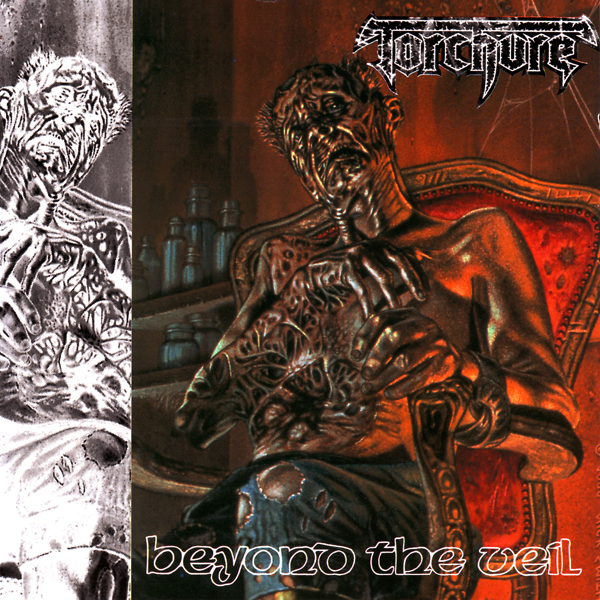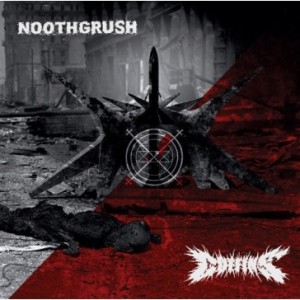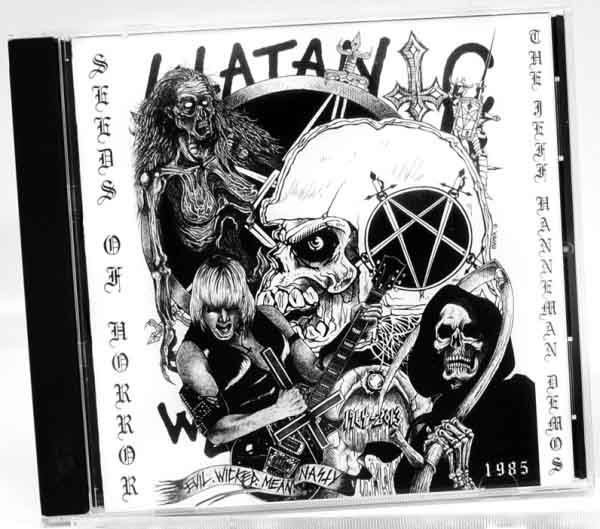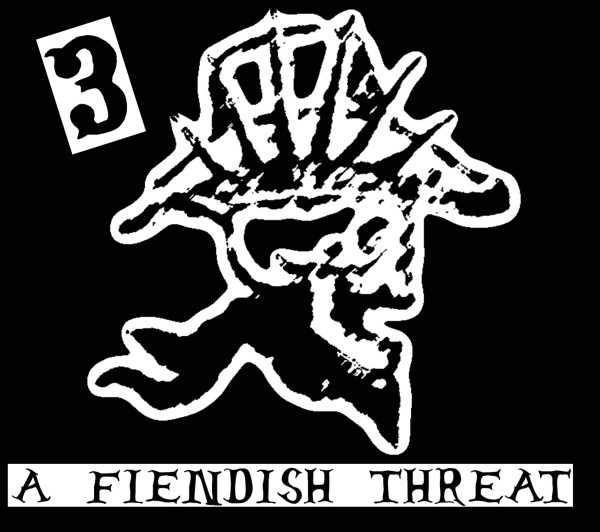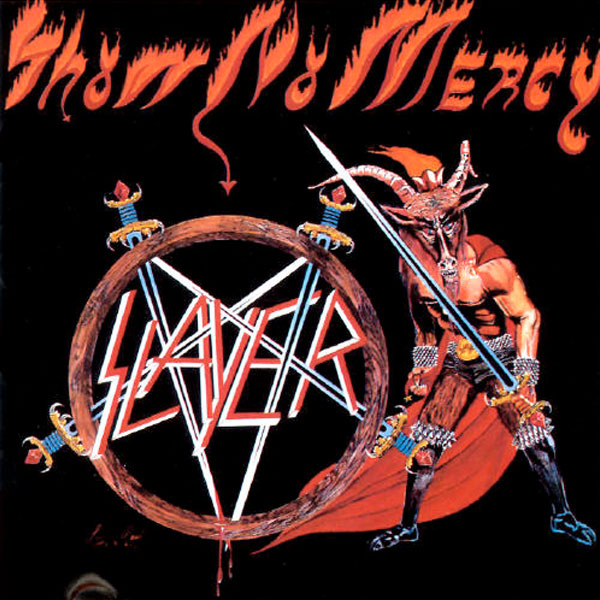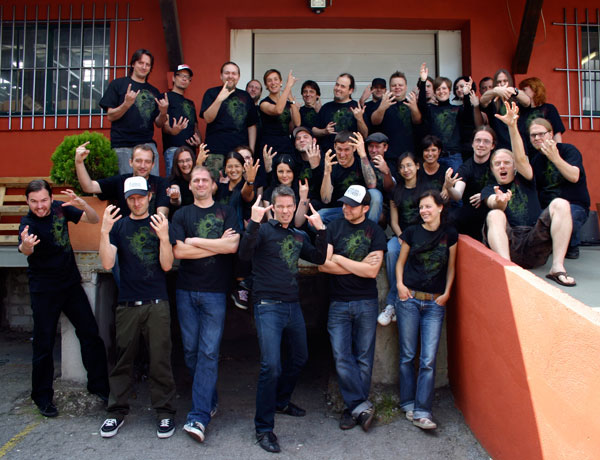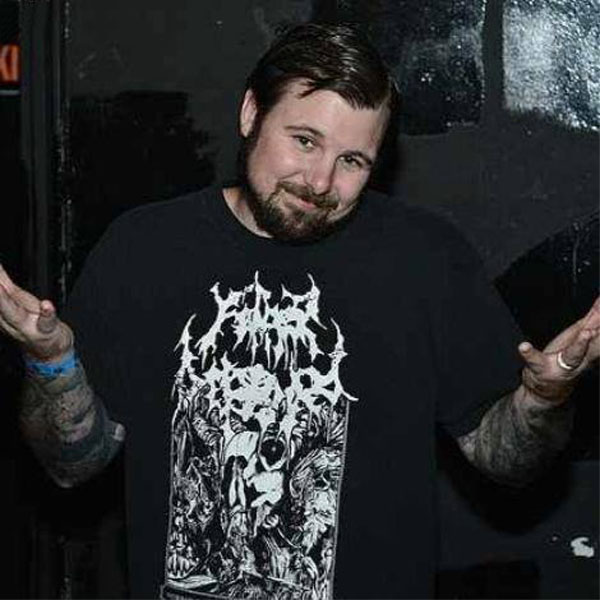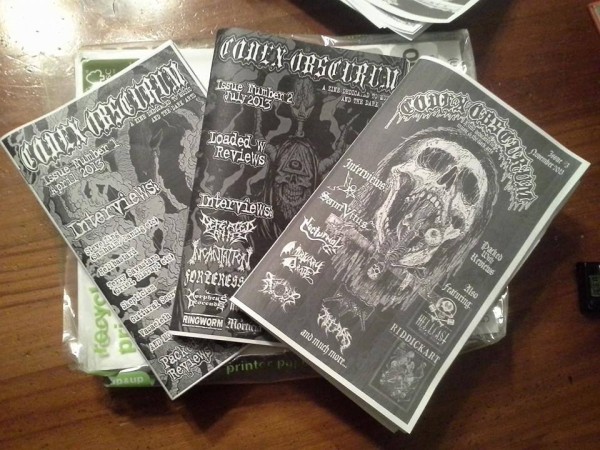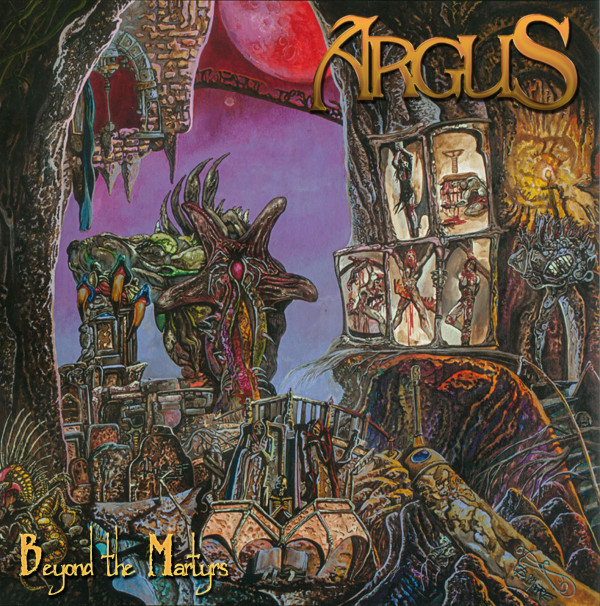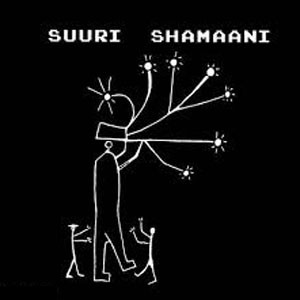
What are Sadistic Metal Reviews? If you treat heavy metal like a form of art or culture, it suddenly reveals its inner depth. Labels want you to see the surface only. To separate the two, we must be brutally honest. Look for the occasional gem in the sands of sonic feces.
 Cemetary – Phantasma
Cemetary – Phantasma
Claiming to be tired of the “dungeons and dragons metal stuff”, Cemetary mainman Mathias Lodmalm stops trying to rip off Tiamat and Sisters of Mercy for Nuclear Blast fan boiz and unleashes his last pose. If his progressively more AIDS-influenced output didn’t clue you in, this last Cemetary album feels like a garage band project done for the purpose of emulating Nine Inch Nails or Skinny Puppy. It shows how interchangeable most poppy industrial is, so I can see something like this album succeeding on the radio, but as luck would have it, this is just another faceless electronica product in a sea of many. The only thing this release has in common with the previous Cemetary output is the same sub-standard quality that left them entombed in the chasms of out of print Black Mark releases no one cares for.
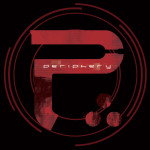 Periphery – Periphery 2: This Time It’s Personal
Periphery – Periphery 2: This Time It’s Personal
It’s important to note that borrowing a few techniques from the metal genre doesn’t make you a metal band. Underneath the “harsh” vocals and “crazy” drumming are mechanical Nu riffs and mathcore noodlings. Whiny crybaby vocals and pop-choruses make this nothing more than a commercial product for socialization amongst Xanax-addled teenagers who are somewhere between dropping out of high school and becoming Che Guevara shirt-wearing low level pot dealers who often lapse into 9/11 conspiracy rants. The whole thing is organized to seem more like an emo album with its pop-punk cheerfulness and feminine vocals that reflect a feeling of being “hurt” by “mean society and girls with standards,” much like their clone targets in Sikth. If these people were more honest with themselves, they would drop the superficial “EXTREME” portions and become the next Hawthorne Heights.
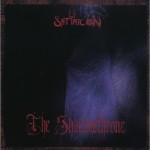 Satyricon – The Shadowthrone
Satyricon – The Shadowthrone
If you are looking for the start of black metal’s disintegration, it can be found here. Taking liberal inspiration from bands that preceded it, this album is the blueprint for how semi-talented musicians can copy a genre’s sound while embodying none of its spirit. The songs are narrative on the surface; however, when the listener attempts to peer beyond appearance it is quickly apparent that there is nothing of depth, the musical equivalent of modern poetry. Tracks meander from one location to another, never providing any causation for why the arena is changing. The riffs are tiring in their simplicity and irrelevance, and motifs are at best uninspired. The band also deserves blame for introducing drunken popularizations of folk melodies that distract listeners from the vapid quality of metal present, which has been the operating principle of folk metal for the last 20 years. The only people who can appreciate this album are the deaf and fans that lack standards.
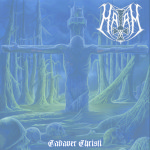 Harm – Cadaver Christi
Harm – Cadaver Christi
The real way to be a reviewer is to assume that nothing is free. No one gets a promo. Everyone must pay mall prices. There are no buddy hookups, freebies from the cutout bin, and you have a budget that’s commensurate with that which the average 15-27 year old can field. It doesn’t matter that the wiper blades for your Lexus cost more than even an album from overseas; the question is what your audience can afford. Your readers. And knowing that they have finite money and time, what’s worth spending it on for them? Music is a zero-sum game. If you can buy only five CDs a month, you want to buy the best five possible. All of this is what was once called common sense, apparently, but now is voodoo quantum dark energy esoteric witchcraft knowledge to most people. That being said, I’m sure the guys in Harm are nice people but this album is dismal. It’s bog-standard Swedish-style mid-paced death metal with every cliche of bad metal involved, including the highly derivative riffs, emphasis on vocals as lead instrument (a fatal failure for metal bands), plodding pace and lack of melodic or structural development. Avoid unless you’re so average that anything else is over your head.
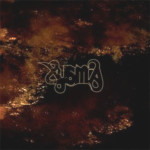 Xysma – First and Magical
Xysma – First and Magical
Starting life as a Carcass clone, Xysma have progressively been perverting that band’s Symphonies of Sickness formula into becoming a more accessible “rock” product through perceptively mainstream blues and psychedelic moments as well as the “angsty” sounds of then “nu” radio hit band Helmet. With liner notes claiming The Beach Boys as an influence, it all comes together as a light-hearted parody of underground metal through the juxtaposition of “happy” and “trippy” moments amidst blasting death/grind fare and two-note groove riffs. Arguably the first death n’ roll band, Xysma could be held responsible for the mainstreaming of death metal through the use of elements the genre at that point have fully filtered out of its sound. While I don’t think the band meant any harm with this release, it has nothing to offer except “light-hearted fun” and seems like a bizarre interim period between their old Carcass-influenced sounds and the Helmet style they would adopt on their next album Deluxe. Similar to what Tiamat and Entombed did, Xysma saw the potential for material gain in emphasizing grooves and so got rid of the vestigial underground baggage to embrace commercialization.
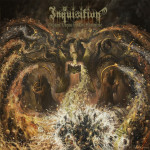 Inquisition – Obscure Verses for the Multiverse
Inquisition – Obscure Verses for the Multiverse
Inquisition has been a constant within the American metal scene for over a decade, churning out albums that differ little in quality from one another, though with still enough distinction to be recognizably different. The band’s latest release, Obscure Verses for the Multiverse, is a continuation of the band’s recognizable style.
On this album, the band further perfects its rendition of the rock-influenced black metal genre, with many similarities to bands such as Satyricon or Marduk. Rather than a connected narration binding each song together, tracks are riff composites that sacrifice atmosphere for chaos and disorder. In compensation, riffs utilize ornamentation such as harmonics, bends, and minor chord strums in order to retain interest as drums blast away incessantly. This succeeds for approximately 30 seconds before the listener realizes that he could derive the same effect by shaking a glass container of marbles as a phone rings in the distance, simultaneously entertaining and a source of exercise.
However, this author has no desire to be unjust: the album undoubtedly will be praised by many a Wacken attendee and provide each an hour of entertainment, and truly; that is the goal of metal. After all, it certainly couldn’t be art!
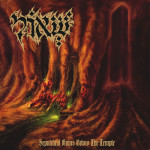 Sheol – Sepulchral Ruins Below the Temple
Sheol – Sepulchral Ruins Below the Temple
This is a really good effort but ultimately isn’t distinctive enough, and it’s not a matter of style. The style applied here is mid-period death metal hybridized with the latest trend, which has been Incantation/Demoncy worship by people who love linear riffs that internally counterbalance themselves with extended chromatic fills that crush melodic tension. Sheol have put a lot of thought into the amount of variation in each song, the coherence of the style, and in adding distinctive elements like intros, melodic accents and rhythmic breaks. However, ultimately this is a churning stampede of riffs that are relatively similar in approach and thus form, and the result is that it feels like listening to the wind while riding a train with the window open.
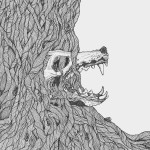 Harm Wülf – There’s Honey In The Soil So We Wait For The Till
Harm Wülf – There’s Honey In The Soil So We Wait For The Till
I had a grandfather who traveled the country as a journalist, interviewing union leaders. This generally happened on Greyhoud buses, because if you were a man of the people back then, you wanted to be seen in the common man’s transportation. During a disproportionate number of these interviews, someone was softly playing a guitar in the background and singing. It sounds exactly like Harm Wülf. Despite the cute somewhat edgy name and the aura of mysterious darkness, Harm Wülf is a fifteenth-generation copy of a copy from four generations ago. Soft guitar playing uses only about three strum patterns and gently loops over a verse and chorus while the half-whispered, half-sung vocals are the real focus. This is how college weenies have been getting laid since 4,000 B.C. It seems deep on the surface, but it’s really a pile of cliches, starting with the awkward and obviously imitative title. It wants to emulate a well-known post-Neurosis project, but that’s actually good. This is just rehash, reheated and disguised behind a single sprig of parsley.
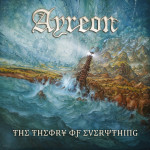 Ayreon – The Theory of Everything
Ayreon – The Theory of Everything
Oddly, this band merges 1970s prog rock sounds with 1980s pop and ends up mixing in a number of diverse influences that, per the nature of ambitious merges, default to a common ancestor. Thus this album ends up being ambitious AOR with periodic metal riffs, a lot of keyboards, and a lot of cheesy vocals. If you like walking turds like Helloween’s Keeper of the Seven Keys this cheese-fest will delight you. It is not as pretentious as the 1970s progressive rock that defined the genre, but it’s also uncannily pop which makes it hard for an experienced listener to tolerate. Musically, it is better than average, other than a lack of melodic development or use of harmony and key as we’d expect from a prog band. Aesthetically, it’s the contemporary equivalent of Boston or Asia or any of those other prog-soundalikes that never crossed that line to got full-on hardcore.
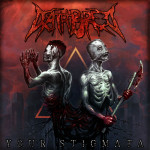 Deathbreed – Your Stigmata
Deathbreed – Your Stigmata
Fairly standard deathcore, Deathbreed sounds death but doesn’t feel deathy. That is, there’s a lot of quoting of classic motifs from death metal, but they don’t get developed, and the band has no agenda so they end up at a musical LCD that’s basically rock made like a punk band would if using metal riffs. The result is predictable, but that’s not its problem. What kills it is that it has nothing to express. Even teenagers bleating out predictable platitudes about their trivial problems would be more realistic than this photocopy of a photocopy (with added jump-beats for the slower kids).
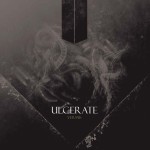 Ulcerate – Vermis
Ulcerate – Vermis
On Vermis, Ulcerate once again fool the gullible into thinking that “if it’s needlessly discordant and has growls on it, it’s the NEW and EVOLVED death metal,” only it’s not that apt. Underneath all the wankery, you’ll discover the songs never really go anywhere beyond the idea established in the beginning. All the superficially chaotic sounds render a meta-atmosphere of insanity through discordance, but the one fixed mode of expression this dwells in makes it all very obvious by the first track’s conclusion.
14 CommentsTags: ayreon, Black Metal, cemetary, death metal, deathbreed, Doom Metal, harm, harm wulf, Heavy Metal, Inquisition, Periphery, sadistic metal reviews, satyricon, sheol, Speed Metal, ulcerate, xysma
